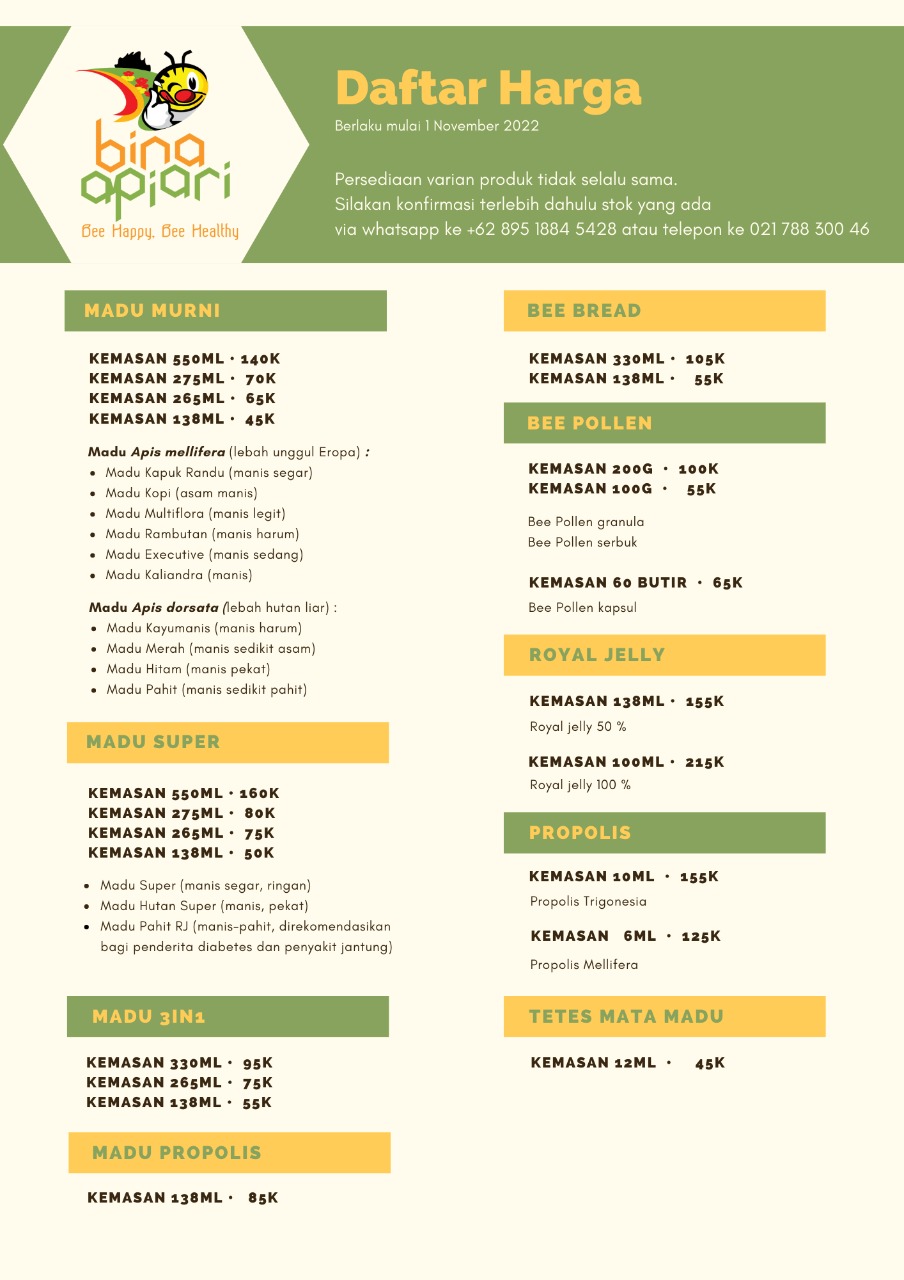Previous Article http://madubinaapiari.co.id/value-added-products-from-beekeeping-11/
3.12.8 Pills and capsules
The best profit margin for selling pollen appears to be in selling it pill form. As mentioned earlier, the value of 1 kg of pollen pills or capsules can reach US$900 as compared to US$1 11-30 for 1 kg of dried pollen in the same stores. This enormous price margin cannot be achieved everywhere, but reflects a consumer attitude that exists in some countries.
In order to process pollen into pills a simple machine is necessary, which even second hand may cost a few thousand dollars. A paste of pollen and honey is prepared for pressing. No additives are necessary but gum arabic or a little pulverized wax can be incorporated. Coating the pills with wax render them non-allergenic, i.e. preventing contact with mucous membranes. If no pill press is available, more gum arabic or other gel and wax mixtures should then be used so that pills can be formed individually (see also 5.16.5).
For small enterprises, a more economical and feasible way of marketing dried pollen pellets for human consumption is by encapsulation. Gelatine capsules of 0 or 00 size are filled with the dried pollen. If the filling is conducted carefully, little or no pollen should be left on the outside, where it could cause harm. Extra cleaning may be required and a warning about possible allergic reactions should be printed on the label.
There are small, manually operated capsule fillers available for just a few dollars. Medium-size machines, which can fill 500 to 1000 capsules per hour can be made by a precision workshop (see Figure 3.10 and Annex 2).
Bigger machines handling up to 10,000 capsules per hour are available for large scale production. Pollen can be encapsulated dry in its original pellet form, as a ground powder, a honey/pollen paste, or in combination with other products particularly honey (for longer preservation) but also with propolis and royal jelly.
Capsules should be stored in well sealed glass or plastic bottles. They should preferably be refrigerated and consumed within 180 days. Frozen storage and the use of higher proportions of honey or propolis will significantly prolong the useful storage life.
http://www.fao.org/docrep/w0076e/w0076e11.html
Kembali ke halaman berita utama

